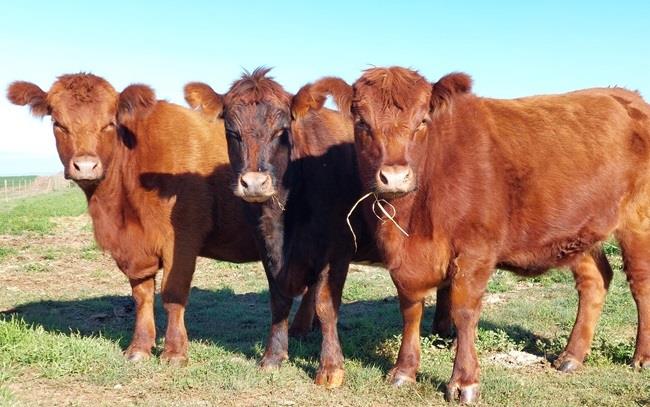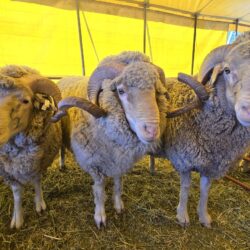Although it is encouraging that Steenhuisen recognises the seriousness of animal diseases, the process of finding solutions has been dragging on since 2000, says Wandile Sihlobo, chief economist of Agbiz.
Biosecurity, with animal diseases being the biggest concern, has been a much-discussed issue, especially over the past three years.
Sihlobo says conditions such as foot-and-mouth disease, avian flu, African swine fever and brucellosis continue to occur, inflicting significant costs on farming businesses.
“The damage to the industry is substantial when considering the loss of productive animals, earnings, and the restrictions on export markets,” he says.
“The damage to trust should also not be overlooked, and the sector may struggle to attract investments if there is no clear strategy to combat animal diseases.”
According to Sihlobo, it was already evident after 2000 with the emergence of animal diseases that command structures were lacking in veterinary services.
After many discussions with industry experts, the Department of Agriculture drafted a new law to address shortcomings in the Animal Health Act (Act 35 of 1984).
The new Animal Health Act (Act 7 of 2002), was approved by parliament and signed by President Thabo Mbeki, but never officially implemented.
“The experience of the past three years has shown how urgently necessary it is to re-evaluate the organisational structures of veterinary services in the various provinces to eliminate poor service delivery,” says Sihlobo.
TASK FORCE REPORT AND RECOMMENDATIONS
Recommendations were made in 2002 by a task force appointed by then minister Thoko Didiza, and Sihlobo says agriculture stakeholders are astonished that few of them have been implemented.
Some of the recommendations require the cooperation of other departments, such as public works and the police, and the economist says Steenhuisen must advocate for the support of his cabinet colleagues in this regard.
He says the recommendations are of the utmost importance for agriculture because the livestock and poultry industries make up nearly half of the industry’s value and contribute significantly to the livelihood of black farmers.
He highlighted 10 recommendations that he believes Department of Agriculture leaders should consider:
- A meeting between the minister and agriculture MECs to establish interim measures regarding command structures, allocation of funding, movement control, and the division of responsibilities.
- An urgent biosecurity plan for animal health, also considering options such as vaccination to combat the spread of diseases.
- Greater awareness of biosecurity and regulatory requirements.
- Active enforcement of regulatory requirements.
- Decisions on public-private partnership agreements and market access for when animal diseases occur.
- Renewed efforts to establish an emergency fund for animal diseases.
- An efficient system to control the movement of animals from infected areas. In communal areas, tribal chiefs should be involved.
- Immediate action to maintain boundary fences nationwide and fences at protected areas.
- A review of structural arrangements between different directorates to eliminate duplication and optimise resource utilisation.
- An assessment of the management and leadership of key personnel in provincial veterinary services.




